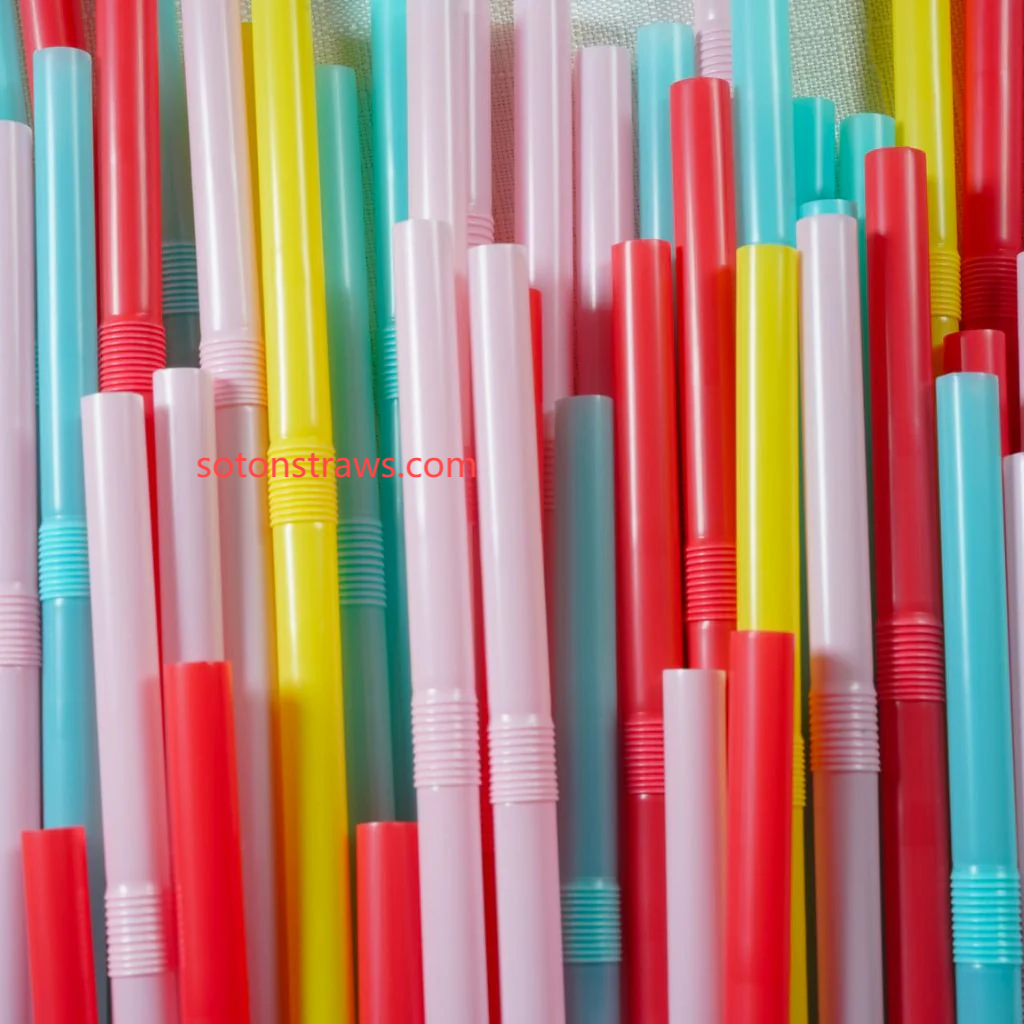Notifications
We use cookies to personalise site content, social media features and to analyse our traffic. We also share information about your use of this site with our advertising and social media partners.

5 minutes, 10 seconds
-12 Views 0 Comments 0 Likes 0 Reviews

In a world where 500 billion plastic straws annually choke oceans and landfills, PP Straw producers face an existential reckoning. The European Union’s Packaging and Packaging Waste Regulation (PPWR), enacted in 2025, now mandates that 90% of packaging materials must be recyclable by 2029, with single-use plastics like traditional polypropylene straws phased out by 2030 . Simultaneously, the U.S. market presents a paradox: while federal bans remain inconsistent, states like California and New York enforce stringent plastic reduction laws, creating a fractured regulatory landscape. For manufacturers, this isn’t merely compliance—it’s a tectonic shift demanding material innovation, supply chain agility, and ethical recalibration.
The challenge begins at the molecular level. Traditional polypropylene (PP) straws, prized for their durability and low cost, now clash with PPWR’s design for recycling ethos. To bridge this gap, forward-thinking manufacturers are pioneering bio-hybrid polymers. By blending PP with polylactic acid (PLA) derived from agricultural waste, they create straws that retain 80% of traditional PP’s tensile strength while achieving 90-day compostability under industrial conditions . This hybrid approach addresses EU’s PFAS bans in food-contact materials and satisfies U.S. retailers’ demand for green premium products. Crucially, these straws integrate seamlessly into existing production lines, avoiding costly retrofits—a lifeline for SMEs navigating compliance deadlines.
Geopolitical tensions further complicate strategies. While the EU enforces PPWR’s 2040 reuse targets (15% packaging reduction), the U.S. sees a regulatory seesaw: the 2025 reversal of federal plastic straw bans under the Trump administration contrasts with state-level mandates. Savvy manufacturers now adopt a dual-portfolio model: producing PP/PLA hybrids for Europe and Asia-Pacific markets, while retaining virgin PP lines for regions with laxer policies. This bifurcation requires blockchain-tracked supply chains to prevent cross-contamination—a system tested during 2024’s Mediterranean seaweed bloom, where straws bound for France were rerouted to Texas to avoid biodegradation risks .
Circular economy imperatives drive infrastructure investments. Under PPWR’s extended producer responsibility (EPR) rules, PP Straw manufacturers must fund collection systems ensuring 65% recycling rates by 2030 . In response, factories are deploying AI-guided pyrolysis reactors that convert post-consumer PP straws into food-grade syngas—a process yielding 30% lower carbon emissions than virgin plastic production. Meanwhile, straw-to-straw recycling pilots in Rotterdam repurpose used straws into 3D-printed café furniture, creating closed-loop partnerships with hospitality chains. These initiatives align with PPWR’s eco-modulated fees, where compliance slashes EPR costs by 40% .
Consumer psychology plays an equally pivotal role. The rise of green fatigue has manufacturers embedding invisible QR codes into straws, linking to AR platforms that visualize a straw’s lifecycle—from sugarcane fields to compost heaps. This transparency counters skepticism around bioplastic efficacy, particularly after 2024’s degradable deception scandal involving misleading PLA claims. Additionally, texture engineering mimics PP’s mouthfeel in plant-based alternatives, addressing complaints that paper straws dissolve like cardboard in iced drinks.
Yet obstacles persist. PP/PLA hybrids remain 22% costlier than virgin PP, squeezing margins in price-sensitive markets. Trade wars over bioplastic feedstocks—like India’s 2025 export restrictions on sugarcane-based PLA—force manufacturers to diversify sources, from algae in the Philippines to cassava in Nigeria. Moreover, PPWR’s recyclability paradox looms: while hybrid straws meet EU standards, few municipalities have infrastructure to process them, risking landfill contamination. Manufacturers now lobby for PPWR-funded composting hubs, mirroring Barcelona’s success in diverting 89% of biowaste .
As COP30 approaches, PP Straw manufacturers aren’t just surviving—they’re redefining resilience. By marrying molecular science with geopolitical pragmatism, they’re proving that even the humblest plastic can evolve from environmental pariah to circular economy pioneer.
click sotonstraws.com to reading more information

At our community we believe in the power of connections. Our platform is more than just a social networking site; it's a vibrant community where individuals from diverse backgrounds come together to share, connect, and thrive.
We are dedicated to fostering creativity, building strong communities, and raising awareness on a global scale.